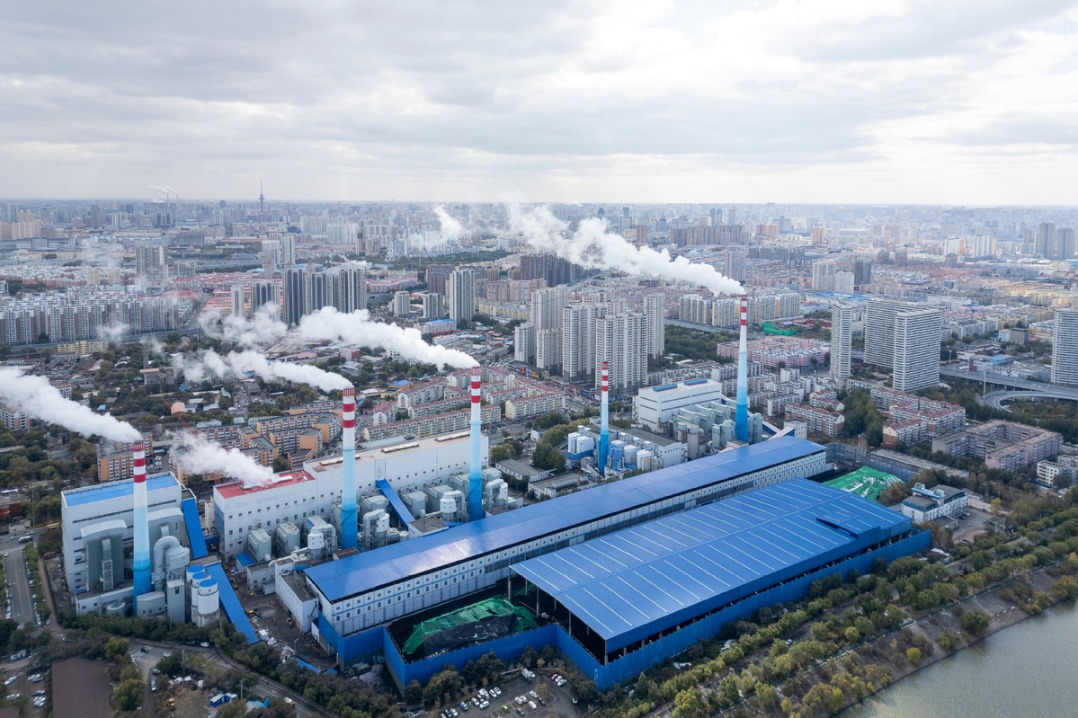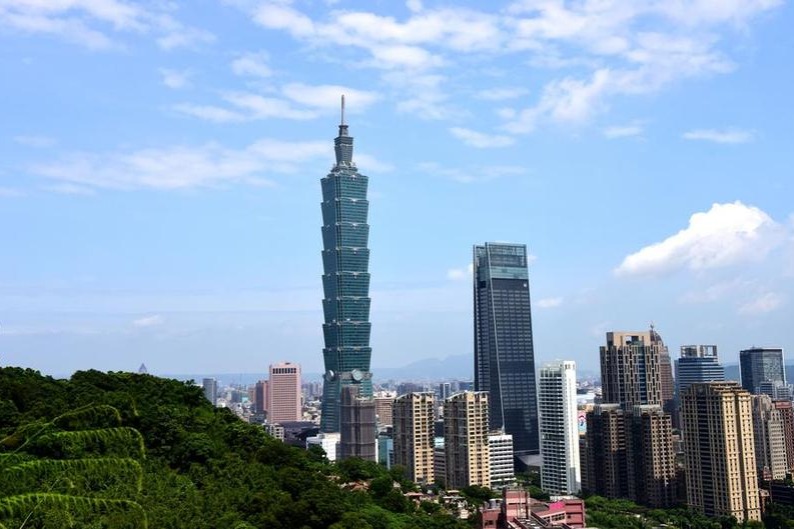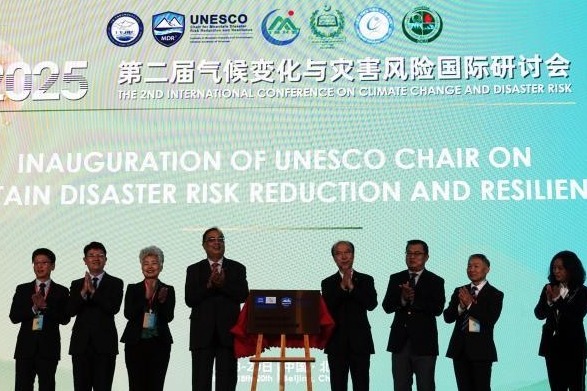Xi Focus: Mastering China's long game

BEIJING -- In 1985, the eastern Chinese city of Xiamen was a study in contrasts.
A newly designated Special Economic Zone, it buzzed with the anxious energy of a nation just cracking open its doors to the world. Yet, it was a provincial backwater, a port city where the entirety of its international trade aspirations rested on the shoulders of just two aging gantry cranes.
Facing a chorus of competing advice -- some urging the blind imitation of Singapore's development model, others paralyzed by pessimism -- the city's new vice-mayor, 32-year-old Xi Jinping, resisted the temptation of easy answers and short-term fixes.
It was his first posting in a coastal region and first time managing the complex machinery of a modernizing city. Rather than improvising, he called for a blueprint. Not a makeshift plan designed simply for his term of office, but a generational strategic vision stretching 15 years, to the dawn of 21st century -- the year 2000.
It was a move of radical foresight. "We cannot focus solely on the immediate," he later warned his colleagues, arguing that reactive governance would lead to confusion and a loss of direction.
The resulting document, the 1985-2000 Xiamen Economic and Social Development Strategy, made an audacious claim. It predicted that the world's economic center of gravity would inevitably shift from the Atlantic to the Pacific, and that Xiamen, with its deep-water port, was perfectly positioned to become a pivotal hub linking China to rest of the burgeoning Asia-Pacific economy.
For a city still figuring out the basics of foreign trade, it was a blueprint for a future that was difficult to imagine.
Today, that blueprint is a reality etched in steel and glass. Xiamen Port boasts over 180 shipping routes connecting it to 51 countries and regions, with its annual container throughput exceeding 10 million twenty-foot equivalent units.
The city's transformation from a sleepy coastal town into a global nexus of trade is far more than a local success story; it is a narrative that reveals the vision of its architect.
To understand Xi's approach to governance is to understand his perception of time -- a perspective rooted in a strikingly longer view than political cycles. "Our understanding of time is measured in centuries and millennia," said Xi, general secretary of the Communist Party of China (CPC) Central Committee.
This philosophy, marked by strategic foresight, a systemic outlook, and an insistence on thorough execution, is now being applied on the grandest scale imaginable.
As the 20th CPC Central Committee convenes its fourth plenary session in Beijing, scheduled from Monday to Thursday, the centerpiece of its deliberations are draft proposals for the 15th Five-Year Plan (2026-2030), the next chapter in the nation's metronomic march toward modernization.
With China serving as the world's most crucial growth engine, contributing roughly 30 percent of global economic expansion, this domestic agenda holds significant implications for the entire world.
THE METRONOME OF MODERNIZATION
For decades, China's five-year plans have been the primary instrument of its statecraft. Xi describes the system "as an important Party experience in governing the country, and a vital political advantage of socialism with Chinese characteristics."
These sequential plans function like a temporal carving knife, patiently shaping one of history's most expansive and rapid modernization campaigns. The earliest plans forged an industrial base from the ashes of war. Later ones conquered shortages of food and clothing, methodically dismantled poverty, and delivered a moderately prosperous society for 1.4 billion people.
The outgoing 14th Five-Year Plan (2021-2025), which launched the new journey toward building a modern socialist country, has already yielded historic results. Its economic increment is projected to exceed 35 trillion yuan (about $4.9 trillion) over the period, which is more than Germany's GDP in 2024. For the first time, the country has entered the top 10 of the Global Innovation Index and now boasts the largest and fastest-growing renewable energy system in the world.
The 15th plan will build on this momentum, designed to perpetuate what China's leaders call the "twin miracles" of rapid economic development and long-term social stability.
At the helm of this process is Xi himself. In a clear sign of its importance, he has chaired the drafting groups for the proposals on the 13th and 14th five-year plans, overseeing the work from conception to completion.
His leadership on the 13th plan provided the roadmap for achieving the Party's first centenary goal of building a moderately prosperous society in all respects by following the new development philosophy, which highlights innovation and sustainability. His guidance on the 14th plan skillfully integrated its five-year targets with the longer-term 2035 vision of China basically realizing socialist modernization, taking high-quality development as the focus of work.
Now, the 15th plan will chart the course for a critical five-year period on the path toward the second centenary goal: building China into a great modern socialist country in all respects by mid-century.
According to Yan Yilong, a professor at Tsinghua University School of Public Policy and Management, while modernization remains the unwavering theme, the plans are designed for constant adaptation. This advantage of "long-termism," a blend of continuity and flexibility, is something Yan believes "Western countries find difficult to match."
Xi's methodology fuses the central leadership with a vast, institutionalized process of mass consultation -- a principle he champions as unifying top-level design with "asking the people for advice."
This is a core tenet of what the Party calls whole-process people's democracy. This practice has deep roots. In 1986, while drafting the Xiamen strategy, he supported a city-wide newspaper essay contest to solicit public opinions for the 15-year blueprint.
That same spirit is now being applied on a national level. For the 15th Five-Year Plan, a dedicated online portal was opened for one month to solicit public suggestions, receiving over 3.1 million submissions covering a vast spectrum of subjects from technological innovation to social welfare.
Xi personally instructed government departments to "seriously study and absorb" these proposals. This followed the precedent set for the 14th plan, for which he personally convened seven different symposiums, gathering input from groups ranging from entrepreneurs and scientists to grassroots representatives to ensure a wide range of views inform the final document.
This people-centered approach yields tangible outcomes. It was in the 14th plan document that the goal of common prosperity for all was first given a prominent emphasis, and over one-third of the plan's key indicators were directly related to public well-being.
"We must remain true to our original aspiration and take promoting the people's well-being as our fundamental value," Xi has said of the coming five years.
FROM WORDS TO WORKS
Xi has stressed the importance of sound planning. "Planning mistakes are the biggest waste," he has warned, "and flip-flopping on plans is the greatest taboo."
His leadership is defined by a sharply problem-oriented approach, and this ethos is embedded in the making of the five-year plans.
To solve long-term structural imbalances in the economy, he championed supply-side structural reform. To preempt foreign restrictions on key technologies, he deployed a national strategy of self-reliance and strength in science and technology. In response to the public's calls for clear skies and clean water, he launched a determined battle against pollution.
Central to the next phase of this agenda is the cultivation of new quality productive forces, a concept Xi has championed to drive high-quality development through innovation, with artificial intelligence (AI) at the vanguard.
The strategic focus was unmistakable this April, when the CPC Central Committee's Political Bureau held a collective study session on AI, followed days later by Xi's personal inspection of a large-model incubator in Shanghai. At a subsequent symposium, Xi said higher strategic priority must be given to fostering new quality productive forces in line with local conditions in the next five years.
Of course, a blueprint is only as good as its execution. Xi has emphasized that when it comes to implementation, the role of those in command is key. "They must shoulder the responsibility, be willing to carry the heaviest burdens, dare to tackle the toughest challenges, and be adept at handling the trickiest tasks," he said.
The fight against poverty, a major task in the 13th Five-Year Plan, serves as a powerful example. Xi personally chaired seven central symposiums on poverty alleviation, conducted over 50 inspection tours on the matter, and visited all 14 of the country's contiguous areas of extreme poverty. Under his leadership, more than 3 million officials were dispatched to the front lines as part of a concerted effort that lifted nearly 100 million people out of absolute poverty over eight years.
While other countries make long-term plans, Xi has acknowledged that China's system is distinct. "On the basis of research and fact-finding activities, we propose a comprehensive and systematic plan that fully respects the will of the people and conforms to reality," he said, "And we have superb execution capabilities to implement these plans."
This powerful execution is ensured by a robust institutional framework. The process begins with extensive public opinion solicitation and a proposal from the CPC Central Committee. The State Council, the country's cabinet, then drafts a detailed outline, which is reviewed and approved by the National People's Congress -- the top legislature -- before being announced and implemented. Development targets of various localities and sectors are closely aligned with the national plan.
However, this strategic governance is not intended to supplant the market, but to steer it and offset its defects, according to policy analysts. It is rooted in the philosophy of pairing a vibrant market with a capable government, which the Party sees as a great strength of its system.
The five-year plan is "market-friendly" and serves as a guide for allocation of resources, providing policy stability and governance consistency for market actors while steering clear of policy swings seen in some Western economies, said Yan.
Xi has called for efforts to ensure sound planning and implementation of the goals, tasks and strategic measures for the 15th Five-Year Plan, "so as to secure decisive progress in basically achieving socialist modernization."
In charting its own future, China is presenting not just a plan, but a compelling alternative to short-sighted governance in a world hungry for certainty. At its heart is a statesman who champions the ability to "carry through a blueprint to the end."
"As China rises, its five-year plan is gaining importance," said Lu Ting, chief China economist at Nomura. "It should be watched closely, as strategic thinking and planning have become a rarity among global governments."
- Xi Focus: Mastering China's long game
- Public suggestions shape Shanghai's next five-year blueprint
- Shanghai court sentences two in Disney VIP queue-jumping scam
- Youth revisit Taiwan's restoration to China
- China completes construction of world's first wind-powered underwater data center
- Chinese telescope for advanced solar research now operational





































